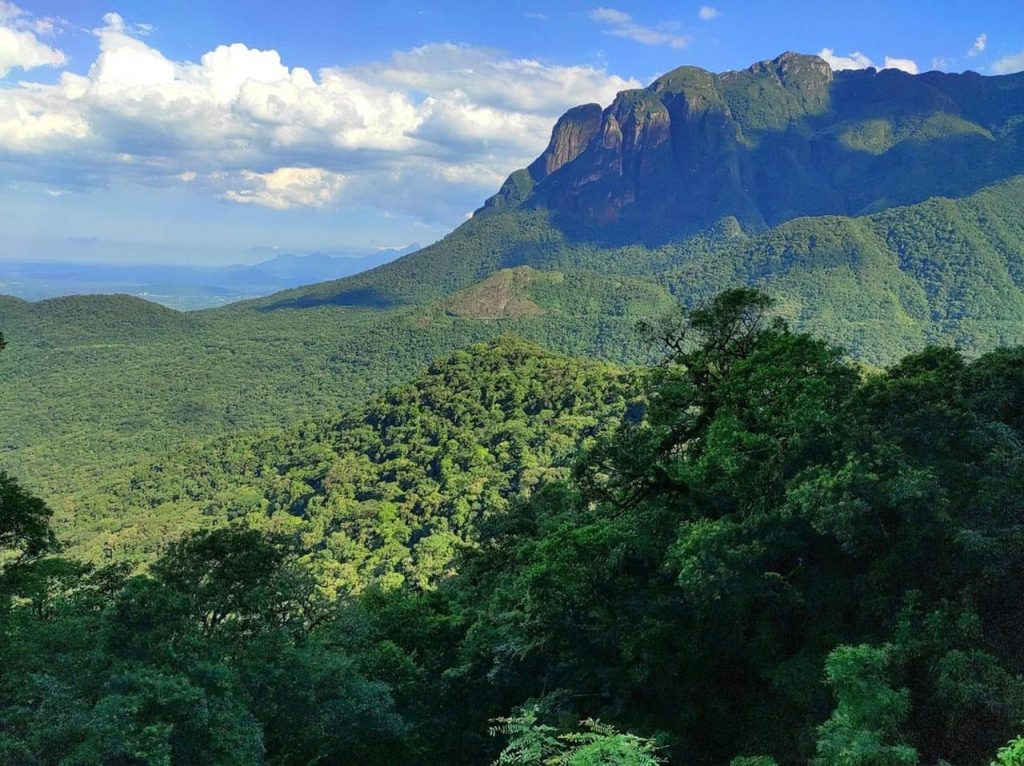Welcome to this fascinating journey through one of Brazil’s most enigmatic and biodiverse destinations: the Guaricana National Park. Nestled in the rich and vibrant Amazon rainforest, this park is a sanctuary for wildlife and flora, a magical place where nature unveils its majesty and offers visitors the opportunity to immerse themselves in its beauty and mystery.
Content
Introduction to Guaricana National Park
Geographical Location and General Features
Located in the Brazilian state of Paraná, Guaricana National Park encompasses parts of the municipalities of Guaratuba (67.49% of the park), Morretes (19.47%), and São José dos Pinhais (13.04%). It is situated west of Saint-Hilaire/Lange National Park, south of BR-277 highway, and east of BR-376 highway. Guaratuba Bay lies to the southeast of the park. With an area of 49,286.87 hectares (121,790.5 acres), it is characterized by its mountainous terrain, with altitudes ranging from 100 to 1680 meters above sea level.
The mountainous area rises to the east of the Curitiba plateau’s interior and features deep valleys that provide it with breathtaking scenic beauty. The entire park is part of the Paraná coastal basin, mainly the Cubatão and Cubatãozinho river basins. Additionally, a small area in the northeast contains the Pinto and Sagrado river basins, which flow northward into Paranaguá Bay.
The nearest city to Guaricana is Guaratuba, located in the state of Paraná. If you wish to visit this fascinating destination, the coordinates to locate it are 25.701335°S latitude and 48.875599°W longitude.
History and Establishment of the Park
Established by a presidential decree on October 13, 2014. Its administration is under the responsibility of the Chico Mendes Institute for Biodiversity Conservation (ICMBio). Classified as a protected area of category II by the International Union for Conservation of Nature (IUCN), it is recognized as a national park.
The primary purpose of its creation is to ensure the preservation of remnants of dense tropical forest and mixed deciduous forest, as well as to protect the valuable flora, fauna, water resources, geological features, and associated natural landscapes within the park.
It is worth mentioning that, in addition to Guaricana National Park, the decree of October 13, 2014, also established Serra do Gandarela National Park and the Nascentes Geraizeiras Sustainable Development Reserve, both located in Minas Gerais. Furthermore, over 30,000 hectares (74,000 acres) were added to the existing Médio Juruá Extractive Reserve in Amazonas as part of conservation and expansion measures for protected areas in Brazil.
Biodiversity of the National Park
Flora: Description of Key Plant Species
The park is home to an incredible diversity of plant species. From the towering figures of jungle giants like the jequitibá tree to a variety of orchids and bromeliads, Guaricana’s flora is undeniably rich.
Fauna: Notable Animal Species
The wildlife species inhabiting Guaricana are equally diverse and fascinating. Here, you can find everything from jaguars and tapirs to a variety of birds, such as the toco toucan, a symbol of the tropics.
Trails and Paths
Hiking Routes and Points of Interest
The park has well-marked trails that allow you to explore its natural beauty. The trails traverse various landscapes, from dense forests to refreshing waterfalls, providing a true adventure for nature lovers.
Conservation and Sustainability
Conservation Measures and Current Projects
It has a strong commitment to conservation and sustainability. Efforts are focused on preserving its biodiversity, promoting sustainable practices, and environmental education.
Available Services
Visitor Centers and Available Services
It offers several services and amenities for its visitors. Visitor centers provide useful information, maps, hiking guides, as well as sanitary facilities and resting areas.
Planning Your Visit
Best Times to Visit and Weather
Guaricana National Park can be visited year-round, but the best time to enjoy nature is during the dry season, from May to September, when rainfall is less frequent, and the trails are more accessible.
How to Get to the Park: Access and Transportation
To reach Guaricana National Park, you can take a flight to Curitiba, the capital of Paraná, and then take a bus or taxi to the park. The car journey from Curitiba takes approximately 2 hours.

